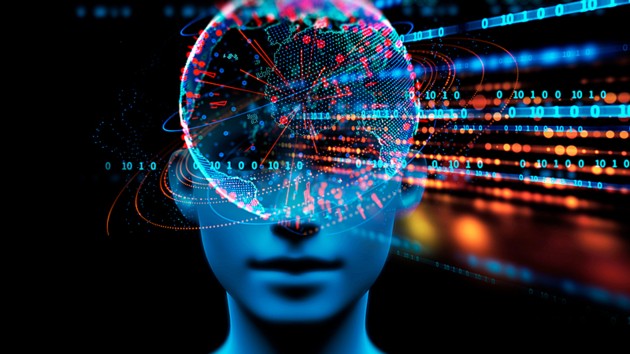Machine learning is one of the most exciting and rapidly evolving fields in technology today. With its ability to analyze vast amounts of data and make predictions based on patterns, it has become an indispensable tool for businesses, scientists, and researchers alike. But with so many different types of machine learning available, it can be hard to know where to start. In this blog post, we’ll explore the different types of machine learning that exist today and provide some tips on how you can choose the right one for your needs. So sit back, grab a cup of coffee (or tea), and let’s dive into the world of machine learning!
Machine Learning Defined
There are many different types of machine learning, but they all fall into one of two categories: supervised and unsupervised. Supervised learning is where you provide the algorithm with a set of training data that you can label it with specific information. This allows the machine learning algorithm to learn how to identify specific patterns in the data. Unsupervised learning is where the machine learning algorithm is given a set of unlabeled data and tasked with finding patterns without any prior knowledge.
Types of Machine Learning
There are many different types of machine learning, each with its own advantages and disadvantages. In this article, we’ll explore the most common types of machine learning: supervised and unsupervised.
Supervised Machine Learning
Supervised learning is a type of machine learning in which the machine is given a set of training data. This tells the machine what is supposed to be the correct answer for a certain question. The machine then learns how to recognize patterns in this data and automatically predicts the correct answer for future questions based on this knowledge.
The advantage of supervised learning is that it’s relatively easy to create a model that can accurately predict responses from the training data. Additionally, supervised learning can be used to learn about the relationships between different pieces of data.
Unsupervised Machine Learning
Unsupervised learning is a type of machine learning in which the machine is not given any specific training data. Instead, you can task this with analyzing large sets of data on its own and figuring out how these pieces of information are related.
The advantage of unsupervised learning is that it’s less restrictive than supervised learning. This means that you can use unsupervised learning to learn about complex patterns in data that aren’t easily detectable using supervised methods. Additionally, you can use unsupervised learning to discover new relationships between pieces of data without needing prior knowledge about them.
How Machine Learning Works?
Machine learning is a field of artificial intelligence that allows computers to learn from data. Historically, you can divide machine learning into two categories: supervised and unsupervised.
Supervised learning is when the computer is given a set of labeled training data, usually consisting of examples of things it needs to learn how to do like recognizing text or images. The computer then uses this information to automatically improve its performance on future tasks by “learning” from the examples.
Unsupervised learning occurs when the computer is provided with unlabeled data. This implies that the computer lacks prior knowledge about what represents the items in the data. It then uses algorithms to figure out how best to classify new examples on its own by looking for patterns.
Applications of Machine Learning
Machine learning is a field of computer science and mathematics devoted to enabling computers to learn from data. It has broad applications, including in areas such as search engines, spam filtering, optical character recognition, and medical diagnosis.
There are three main kinds of machine learning: supervised learning, unsupervised learning, and reinforcement learning. In supervised learning, the computer receives a set of training data associated with a known classification problem. It is then provided with instructions on how to predict the correct class for each instance in the training data. Conversely, unsupervised learning entails the computer receiving a set of unlabeled data pertaining to an unknown classification problem. In this scenario, the computer is instructed solely on how to classify each instance in the data optimally. Reinforcement learning is when the computer tries to optimize some function or policy based on feedback from a user or another agent in the environment.
Conclusion
In this article, we have described the different types of machine learning and their applications. From predicting the future to understanding natural language, machine learning is becoming more and more powerful every day. With so many possibilities available, it is important that you are well informed about what it is and how it works in order to make the most of its benefits. So be sure to read on for a comprehensive overview of all things machine learning!





